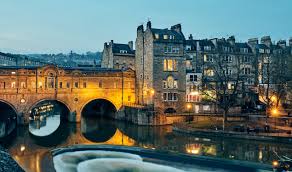This week, Bath became the first English city outside London to introduce charges for the highest polluting vehicles.
Commercial vehicles, such as buses and lorries, that do not meet the required emission standards will now have to pay a daily charge to enter the defined Clean Air Zone (CAZ). Meanwhile, private cars and motorbikes remain exempt.
This £23 million scheme has been introduced by Bath and North East Somerset Council in order to cut emissions to the legal limit by the close of 2021.
Commercial vehicles, including coaches and taxis, may face a charge if they are either a pre-Euro 6 diesel vehicle or a pre-Euro 4 petrol vehicle.
This makes the CAZ Class C, which specifically omits private vehicles. Electric, hybrid, and hydrogen fuel cell vehicles are omitted.
ClientEarth, who have won three courts against UK government resulting in ministers ordering 63 local authorities to develop proposals to tackle illegal levels of pollution, advocate the positive effect CAZs make on the local community.
‘Nitrogen dioxide – mainly coming out of vehicle exhaust pipes – is the main source of illegal air pollution in our towns and cities. Its levels have previously been up to double and even triple legal limits in many urban areas.’
The Mayor of London Office published the statistic that the London Ultra Low Emission Zone (ULEZ) has reduced nitrogen dioxide as much as 37 per cent over a three-month period prior to the first lockdown. Previously, levels had been double or even triple UK legal limits.
In October 2021, Bristol’s Class D CAZ will charge private cars.




